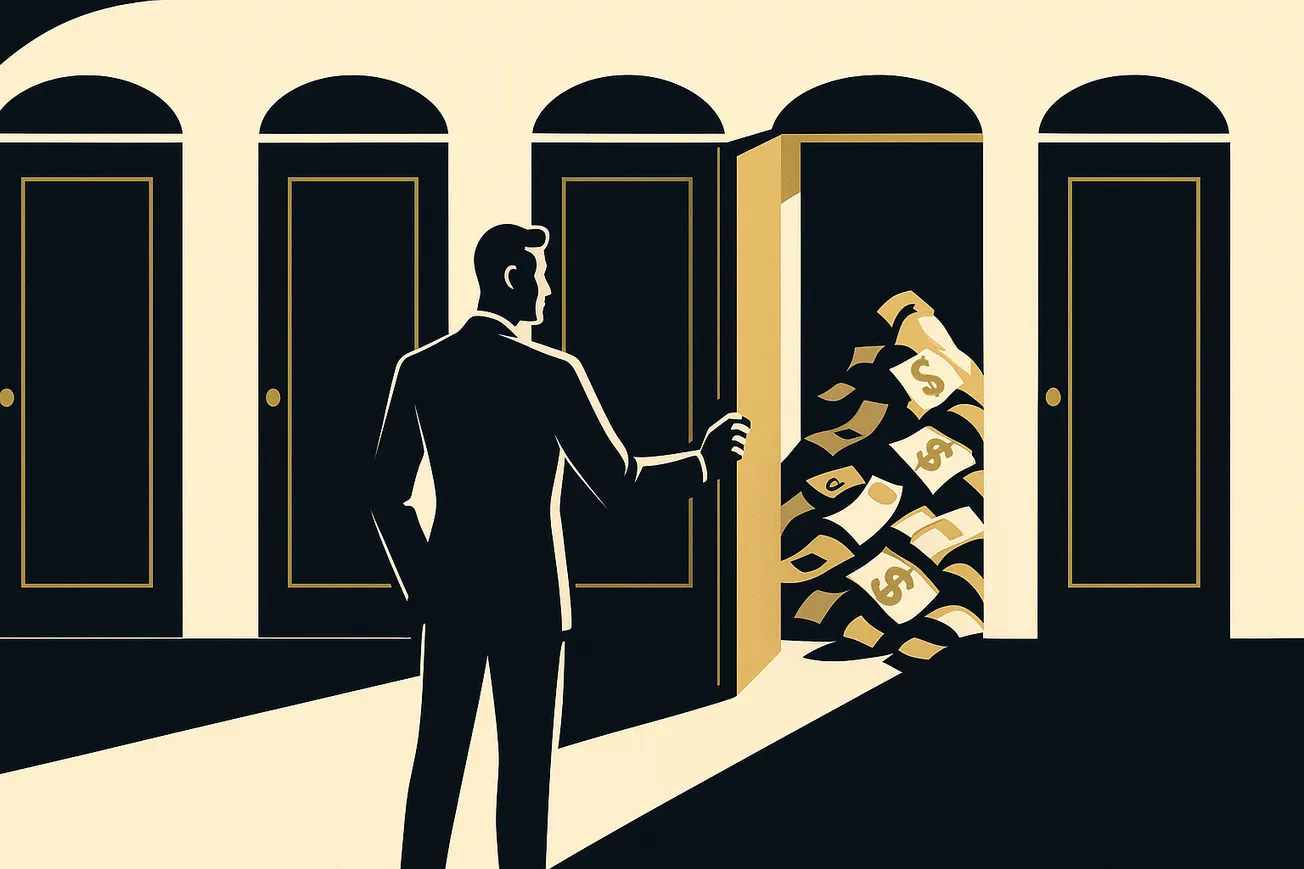Table of Contents
If you clicked on this article, things probably aren't going well. Acknowledging your business is dead is one of the hardest moments for a founder.
But as difficult as it is, you still have work to do.
At this point, you need to shift quickly from growth mode to protection mode; protecting value, employees, and yourself.
Here’s what to understand about your legal duties and the practical options for winding down your company.
1. Your Fiduciary Duties When Cash Is Low
Assuming your startup is structured as a corporation, you have owe two key duties as an officer / director:
1. the duty of care (to make informed, good faith decisions) and 2. the duty of loyalty (to put the company’s interests ahead of their own).
- When the company is solvent, those duties are owed to the corporation and its stockholders.
- When the company becomes insolvent (unable to pay debts as they come due or with liabilities exceeding assets), the duties are still owed to the corporation, but creditors gain standing to bring derivative claims if they believe directors failed to act properly.
In practical terms, once you know the company cannot pay creditors in full, your focus shifts to maximizing enterprise value for creditors and other stakeholders. Failing to do so can expose you to serious personal risk.
This usually comes down to two key decisions:
- Continuing operations briefly to close a likely sale; or
- Shutting down quickly to preserve what cash remains.
The right answer depends on whether additional spending is likely to produce a better outcome. Document your decisions, and get legal advice before taking action.
2. Wind-Down Options When Funding Stops
Once the decision has been made that the company cannot continue, you have several ways to wind down. This ranges from quick and informal to highly structured.
The right approach depends on cash, liabilities, and investor expectations.
Option 1: Informal Wind Down
This is the simplest but least final method. If your goal is to quickly get out and move onto the next thing you can do this way, but it can leave lingering liabilities & tax issues.
The company:
- Tries to sell assets privately,
- Lays off remaining employees, and
- Shuts down operations.
The corporation technically remains alive, which is not ideal. While jurisdictions like Delaware will automatically void the corporation, it takes a few years for this to happen (during which you will continue to have liabilities).
We recommend using this if you have few creditors and a clean structure.
Example: A software startup with $50,000 left and no debt sells its codebase to another company and distributes remaining funds to employees. It stops operating but never formally dissolves.
Option 2: Corporate Dissolution
A formal corporate dissolution lets you wind up legally and end the company’s existence. An officer oversees liquidation, pays creditors, and files a certificate of dissolution.
This is the cleanest option for
This option works when:
- The company has limited debt,
- No need for bankruptcy protection, and
- You want a clean legal closure.
Example: A Delaware C-Corp that raised $2M in seed funding, spent the capital, and owes only $20,000 in payables can dissolve formally and return any remaining funds to investors.
Option 3: Assignment for the Benefit of Creditors (ABC)
An ABC is a state-law alternative to bankruptcy. The company assigns its assets to a third-party fiduciary (the “assignee”), who sells them and distributes proceeds to creditors.
In California and several other states, this happens outside of court and is much faster and cheaper than bankruptcy.
If a buyer has already been identified, the assignee can often close a sale within days.
When to use:
- Company is insolvent but wants an orderly, quiet sale.
- Board wants to avoid the cost and publicity of bankruptcy.
Example: A VC-backed AI startup owes $2M to vendors but has a buyer offering $500K for its IP. The board executes an ABC to transfer assets, pay creditors, and close down within weeks.
Option 4: Chapter 7 Bankruptcy
The nuclear option. Highly public, and decidedly pricy.
A Chapter 7 filing with the U.S. Bankruptcy Court triggers an automatic stay and appoints a bankruptcy trustee to take control of all assets.
Once filed:
- The board and management lose control of the company.
- The trustee liquidates assets and distributes proceeds to creditors.
- All lawsuits and collection efforts stop.
This option makes sense if:
- The company has multiple creditor disputes,
- Potential lawsuits exist, or
- You need the protection of the automatic stay.
Example: A hardware startup owes $5M in secured debt and faces litigation from suppliers. The board files Chapter 7 to stop the lawsuits and let a trustee handle liquidation.
Option 5: Chapter 11 Reorganization
A Chapter 11 allows the company to continue operating under court supervision. The board remains in control as a debtor in possession, subject to oversight.
Companies use Chapter 11 to:
- Sell assets “free and clear” of claims under Section 363, or
- Restructure debt while continuing limited operations.
Example: A venture-backed biotech company with ongoing research files Chapter 11 to sell its patents to a strategic buyer while preserving some value for creditors.
Option 6: Subchapter V Small Business Bankruptcy
For small businesses with less than $3.4 million in total non-contingent debt, Subchapter V of Chapter 11 offers a simplified process.
There’s no creditors’ committee, and the founders can sometimes retain equity if creditors receive at least the value of the company’s projected net disposable income for three to five years.
Example: A consulting startup with $2M in liabilities and $500K in annual revenue uses Subchapter V to restructure debts and continue operations, with owners keeping their shares under a court-approved plan.
3. How to Decide What’s Right for Your Company
| Situation | Best Option |
|---|---|
| Minimal debt, clean books | Corporate dissolution |
| Limited assets but potential buyer identified | ABC |
| Heavy debt or litigation risk | Chapter 7 |
| Active business with valuable IP or contracts | Chapter 11 or Subchapter V |
| Unsure or mixed factors | Seek hybrid approach guided by counsel |
4. Key Takeaways for Founders
- Fiduciary duties shift with insolvency. Once insolvent, your focus is maximizing value for creditors, not shareholders.
- Document decisions carefully. Board minutes and written analyses help defend against claims later.
- Plan early. Waiting too long burns cash and narrows your options.
- Communicate clearly. Inform employees, investors, and key creditors early and honestly.
- Get advice before acting. Even well-intentioned steps can create personal exposure if mishandled.
5. The Bottom Line
When funding stops, your job as a founder or director changes from building value to protecting it.
A structured wind down — whether through dissolution, ABC, or bankruptcy — protects you and your stakeholders far better than letting the company drift.
Apex Corporate Law helps startup boards navigate insolvency, fulfill fiduciary duties, and close companies cleanly and confidently. For a free consultation, click here.





